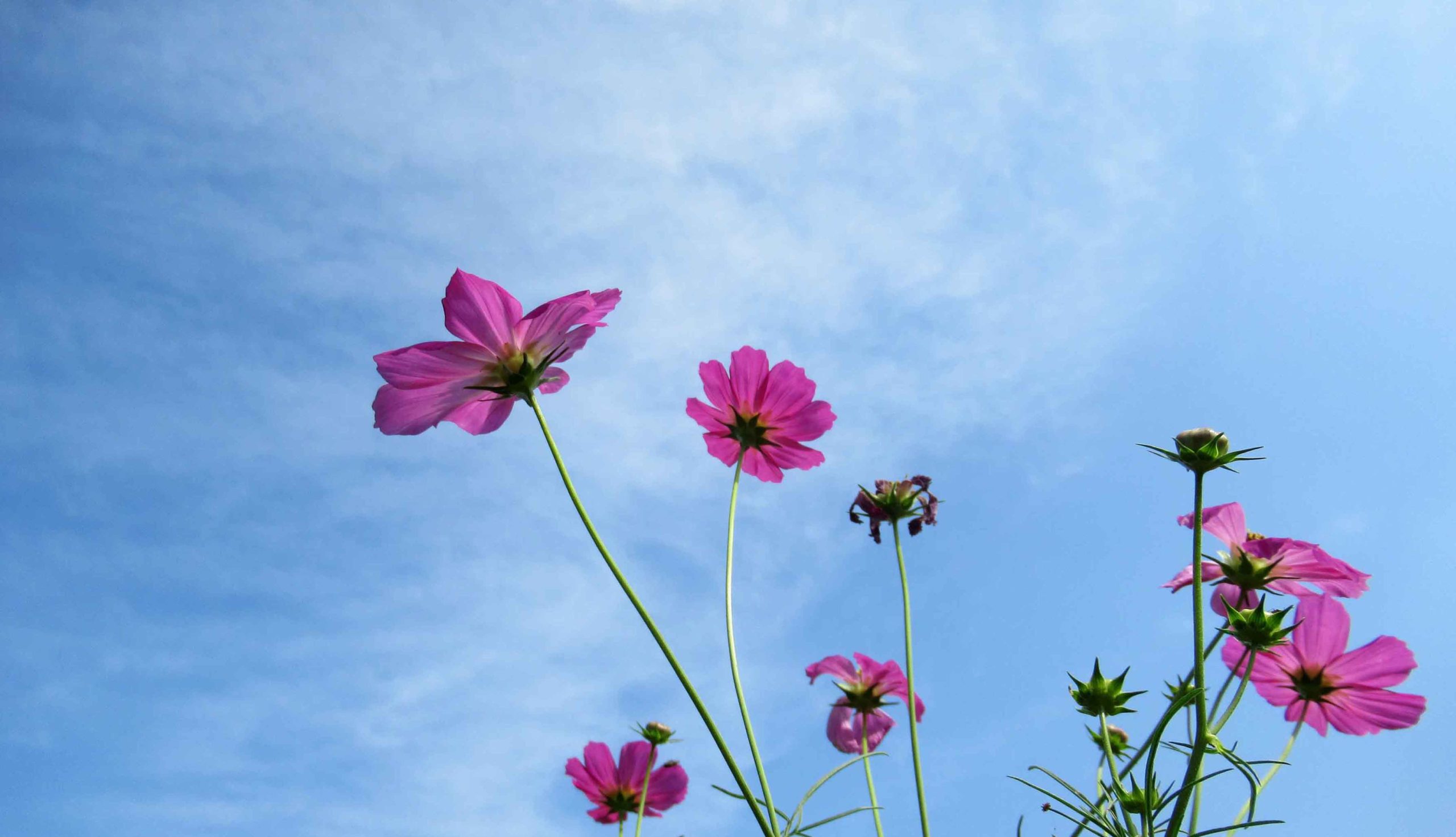2024-04-22 テキサス大学オースチン校(UT Austin)
<関連情報>
- https://news.utexas.edu/2024/04/22/how-potatoes-corn-and-beans-led-to-smart-windows-breakthrough/
- https://www.pnas.org/doi/10.1073/pnas.2401060121
ホストとゲストの相互作用による持続可能で低コストの高コントラストエレクトロクロミックディスプレイを開発 Sustainable, low-cost, high-contrast electrochromic displays via host–guest interactions
Yuyang Wang, Chuxin Lei, Weixin Guan, +3, and Guihua Yu
Proceedings of the National Academy of Sciences Published:April 22, 2024
DOI:https://doi.org/10.1073/pnas.2401060121
Significance
Smart windows are crucial for building decarbonization, reducing energy use in lighting, cooling, and heating. Electrochromic (EC) displays offer great potential for smart windows and related visual content displays due to their active control mode and excellent optical properties. However, the limited market penetration of such smart windows in buildings is primarily attributed to challenges like cost, durability, color, and complex fabrication processes. Herein, we introduce an unconventional sustainable EC strategy that leverages dynamic host–guest interactions, enabling the use of accessible natural biomass building blocks and facilitating the easy reuse of transparent electrodes. The adoption of this dynamic host–guest interactions-based EC system provides opportunities for designing promising smart materials, potentially expediting the industrialization of energy-efficient and sustainable displays.
Abstract
Electrochromic (EC) displays with electronically regulating the transmittance of solar radiation offer the opportunity to increase the energy efficiency of the building and electronic products and improve the comfort and lifestyle of people. Despite the unique merit and vast application potential of EC technologies, long-awaited EC windows and related visual content displays have not been fully commercialized due to unsatisfactory production cost, durability, color, and complex fabrication processes. Here we develop a unique EC strategy and system based on the natural host and guest interactions to address the above issues. A completely reusable and sustainable EC device has been fabricated with potential advantages of extremely low cost, ideal user-/environment friendly property, and excellent optical modulation, which is benefited from the extracted biomass EC materials and reusable transparent electrodes involved in the system. The as-prepared EC window and nonemissive transparent display also show comprehensively excellent properties: high transmittance change (>85%), broad spectra modulation covering Ultraviolet (UV), Visible (Vis) to Infrared (IR) ranges, high durability (no attenuation under UV radiation for more than 1.5 mo), low open voltage (0.9 V), excellent reusability (>1,200 cycles) of the device’s key components and reversibility (>4,000 cycles) with a large transmittance change, and pleasant multicolor. It is anticipated that unconventional exploration and design principles of dynamic host–guest interactions can provide unique insight into different energy-saving and sustainable optoelectronic applications.




